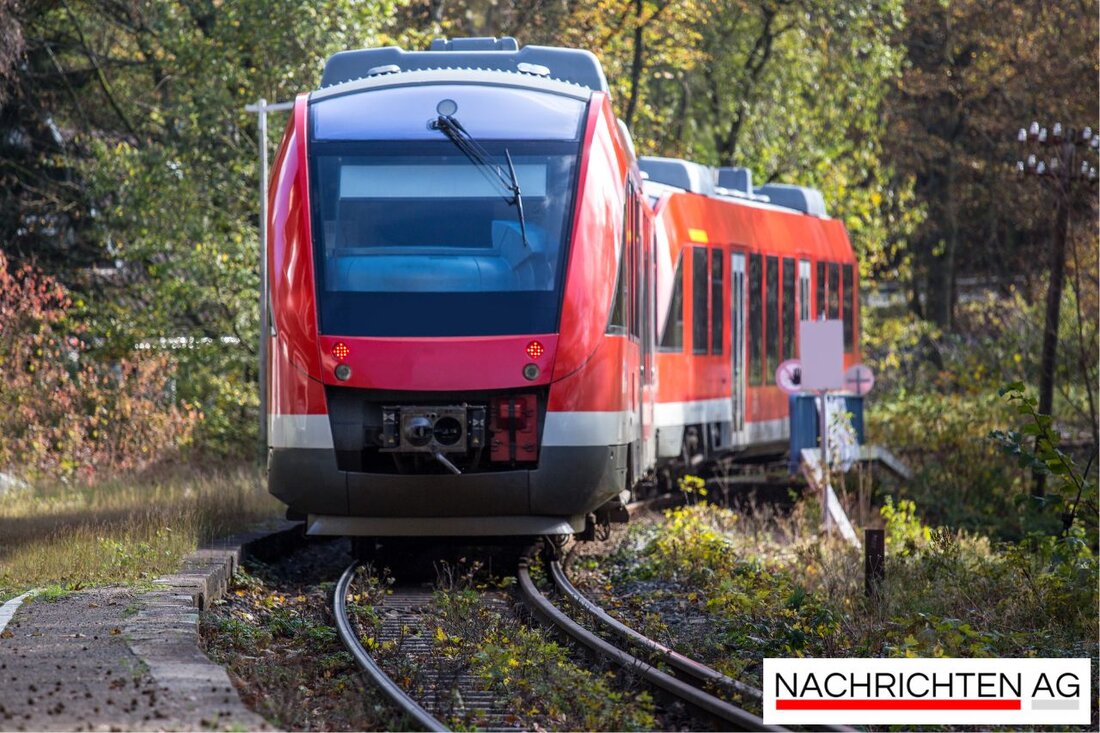Train between Cologne and Trier: Fully passable again after flood revival!
The reconstruction of the Cologne-Trier railway line after the 2021 flood has been completed. Electrification and new technology improve traffic.

Train between Cologne and Trier: Fully passable again after flood revival!
The Gladbach Railway from Cologne to Trier is finally passable again after many challenges. On October 11, 2025, Deutsche Bahn successfully completed the reconstruction of the Eifel route, which was severely affected by the devastating flood disasters in July 2021. This means that travelers are now able to enjoy continuous connections from the Rhine to the Moselle again, which is of great importance for many commuters and travelers. Review online reports that the new technology with modern control and safety technology now controls train traffic between Nettersheim (NRW) and Trier-Ehrang (Rhineland-Palatinate).
In order to ensure smooth operations, the electronic interlocking (ESTW) in Euskirchen and Gerolstein must be commissioned. This is a crucial step to increase the safety and efficiency of train operations. But there are also restrictions: From October 14, 2023, the section between Kall and Gerolstein will be closed to replacement rail traffic. Work on the electrification of the Eifel line, including the installation of all necessary overhead line pylons, will also continue.
Renovation and investments
Deutsche Bahn has drawn up extensive plans to renew the railway infrastructure. In total, over 600 kilometers of tracks, 180 level crossings and 100 train stations will be revitalized in the region in the coming years. This goes hand in hand with comprehensive modernization, in which the infrastructure is rebuilt to be climate-resilient. In addition to slimmer bridges without central pillars, flood-resistant railway embankments and modern technology will also be used. New signal boxes will be built at better locations where local conditions permit. Loud Eifel route These measures are essential to prepare the Eifel route for future extreme weather events.
The federal government and the state of North Rhine-Westphalia have jointly provided an investment sum of 400 million euros for the electrification of three railway lines in southern North Rhine-Westphalia. This specifically includes the Eifel line, the Voreifelbahn from Bonn to Euskirchen and the Erfttalbahn between Euskirchen and Bad Münstereifel. All routes should be comprehensively electrified and modernized by the end of 2026. World highlights that over 2,600 overhead line pylons and four new bridges will be required and that the construction method will be adapted to the most extreme weather conditions.
Timetable and outlook
From mid-October 2023, replacement rail services will be set up between Kall and Gerolstein, which means that trains will no longer be able to run there. This measure is planned until March 29, 2026, followed by a further closure until August 23, 2026. Train traffic between Bitburg-Erdorf and Trier is then scheduled to resume from mid-July 2026. A comprehensive schedule was drawn up to take into account the complications of recent years and to stabilize rail operations in the long term.
With these investments and the modernization of the Eifel line, Deutsche Bahn not only aims to restore train traffic, but also to promote its sustainability. Over 60% of the rail network in Germany is now electrified and the coming years promise exciting developments for rail travel in the region.

 Suche
Suche
 Mein Konto
Mein Konto